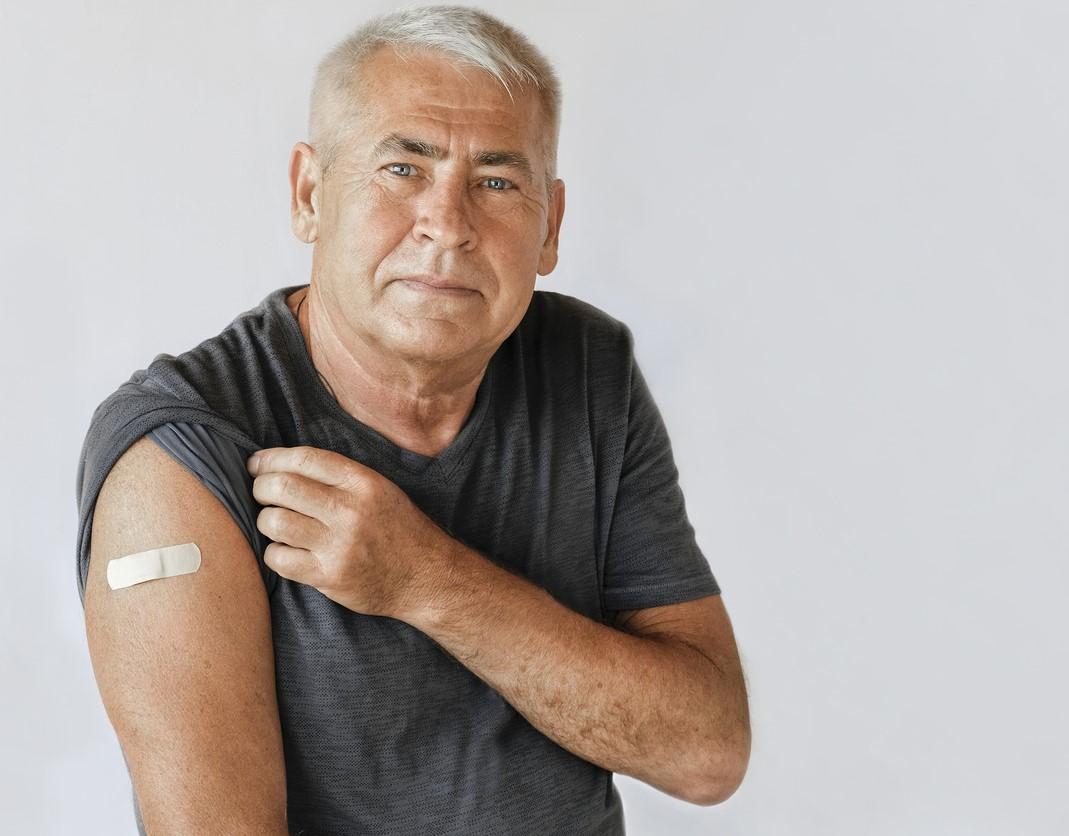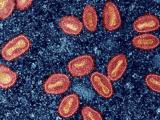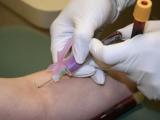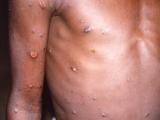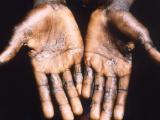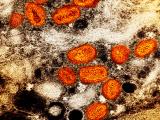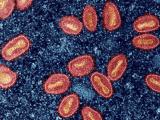Hospitalization was less likely among older adults with mpox who received the Jynneos vaccine compared with those who didn't, according to a new study by researchers with the Centers for Disease Control and Prevention (CDC).
In another new mpox study, researchers in a large Southeastern US health system found significant racial and socioeconomic disparities in mpox vaccine uptake, along with low uptake among those at highest risk of infection.
Lower hospital rates, fewer symptoms among vaccinated
In the first study, published today in Morbidity and Mortality Weekly Report, researchers with the CDC Mpox Emergency Response Team compared mpox epidemiology and clinical outcomes among all adults by age-group and looked at outcomes among adults over age 50 by mpox vaccination status.
Their aim was two-fold: to see whether people over 50, who likely received childhood smallpox vaccination, might be less susceptible to mpox infection as a result of cross-protection, and whether they experienced more severe disease if infected.
From May 10, 2022, to May 17, 2023, 29,984 adults with probable or confirmed mpox were reported to the CDC, 2,909 (9.7%) of whom were over age 50, including 2,794 (96.3%) who were cisgender men. Immunocompromising conditions were more prevalent overall among those over 50 years (15%) than among those aged 18 to 50 years (11%), as was receipt of the Jynneos vaccine (27.6% vs 21.3%).
Although childhood smallpox vaccination might confer some protection against monkeypox virus infection and might mitigate mpox disease severity, it is likely that receiving the currently recommended Jynneos vaccine provided additional protection.
Among adults who had not received the Jynneos vaccine, the prevalence of gastrointestinal and constitutional symptoms was lower among those over 50 (37.3% and 85.0%, respectively) than among those aged 18 to 50 years (50.3% and 91.2%, respectively). The prevalence of hospitalization and death among the two groups was similar. The researchers say that while the reasons for the lower prevalence of some symptoms in patients over 50 is unclear, childhood immunization with the smallpox vaccine, which was discontinued in 1971, may have played a role.
When the researchers looked at outcomes in those over age 50 by mpox vaccination status, they found that the prevalence of constitutional symptoms (64.9%), pruritis (44.1%), and hospitalization (1.2%) were lower among those who had received the vaccines than those who hadn't (81.3%, 56.9%, and 7.4%, respectively).
"Although childhood smallpox vaccination might confer some protection against monkeypox virus infection and might mitigate mpox disease severity, it is likely that receiving the currently recommended Jynneos vaccine provided additional protection," the study authors wrote. "All adults who are at risk for acquiring mpox, regardless of childhood smallpox vaccination status, should receive 2 doses of Jynneos vaccine."
Disparities in vaccine uptake
In the other study, published today in Open Forum Infectious Diseases, researchers from Duke University Medical Center examined factors related to mpox vaccination status among patients treated for mpox in the Duke University Health System (DUHS) during the 2022 mpox outbreak.
Given the racial and ethnic disparities in patient outcomes and vaccine uptake seen during the COVID-19 pandemic, the researchers were interested in exploring how race, ethnicity, and socioeconomic disparities affected uptake of the Jynneos vaccine. And Since DUHS is located in a region with well-documented HIV-related health disparities, and mpox has disproportionately affected men who have sex with men and people living with HIV (PLWH), they were particularly interested in vaccine uptake in these groups.
Using electronic medical records, the researchers defined three cohorts: PLWH with at least one clinic visit from July 2022 to July 2023; HIV preexposure prophylaxis (PrEP) recipients as of January 1, 2022; and all patients vaccinated for mpox at DUHS from July 1, 2022 to November 30, 2022. The primary outcome was at least one Jynneos dose. Specific predictors of mpox vaccination included demographics, insurance status, new sexually transmitted infection (STI) within the past year, and prior COVID-19 and flu vaccination.
Among the 2,066 PLWH identified (59.7% Black, 73.8% male, 13.4% with a history of one or more recent STIs, 59.3% with private insurance), 224 (10.8%) received at least one dose of the Jynneos vaccine. In a multivariable analysis, White race (odds ratio [OR], 1.55; 95% confidence interval [CI], 1.11 to 2.16), private insurance (OR, 1.83; 95% CI, 1.01 to 3.34), prior STI (OR, 3.04; 95% CI, 2.16 to 4.27), prior COVID-19 vaccination (OR, 3.17; 95% CI, 1.93 to 5.20) and prior flu vaccination (OR, 1.42; 95% CI, 1.30 to 1.96) independently predicted mpox vaccination.
We found that despite intent for equitable vaccine distribution and efforts to provide community outreach, significant racial and socioeconomic disparities in vaccination occurred.
Among the 262 PrEP recipients (54.2% White, 66% uninsured), 50 (19%) received at least one Jynneos dose. In this cohort, both prior COVID-19 vaccination (OR, 4.84; 95% CI, 1.03 to 22.08) and prior flu vaccination (OR, 1.51; 95% CI, 0.72 to 3.2) were associated with higher odds of mpox vaccination.
Of the 807 patients who received mpox vaccination within DUHS, 223 (28.9%) were PLWH, 59 (7.3%) were patients receiving PrEP, and 76.1% had private insurance. Vaccination occurred earlier in the mpox outbreak for those with private insurance compared with other types of insurance.
"We found that despite intent for equitable vaccine distribution and efforts to provide community outreach, significant racial and socioeconomic disparities in vaccination occurred," the study authors wrote. "Further research of interventions to reach populations with higher likelihood of mpox acquisition, and those most likely to experience healthcare disparities will be essential in mitigating healthcare inequity."
